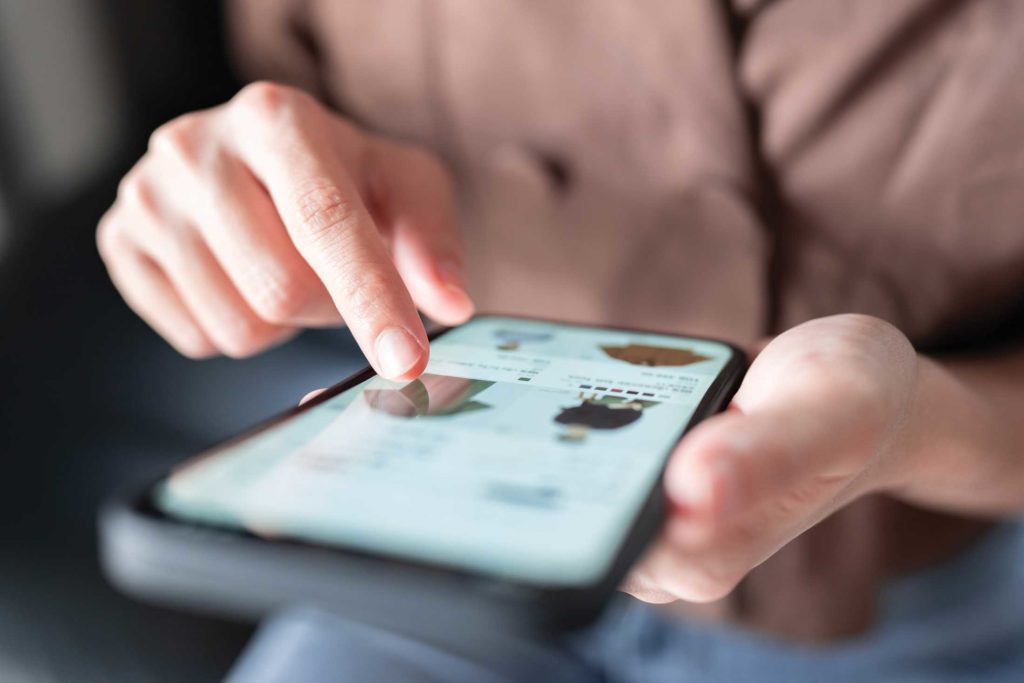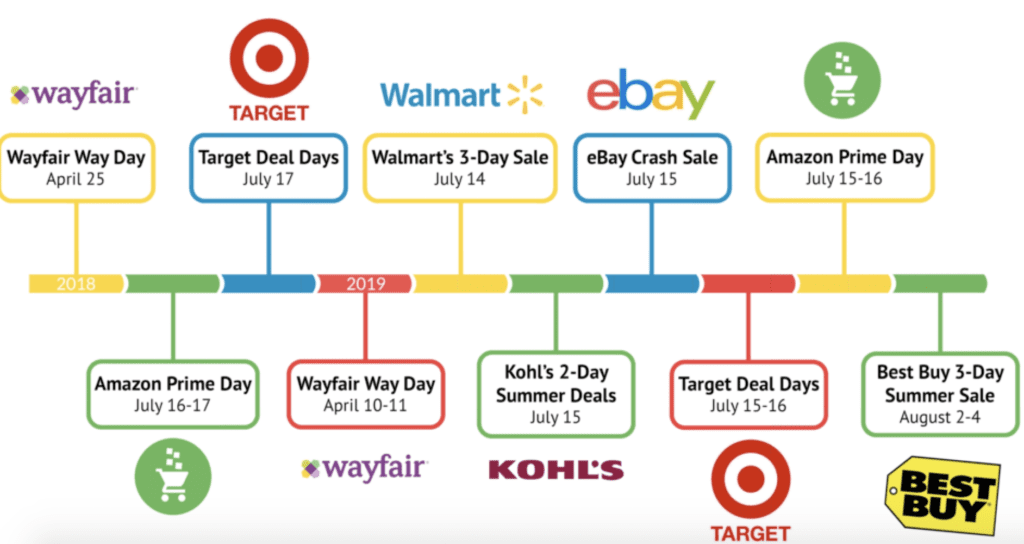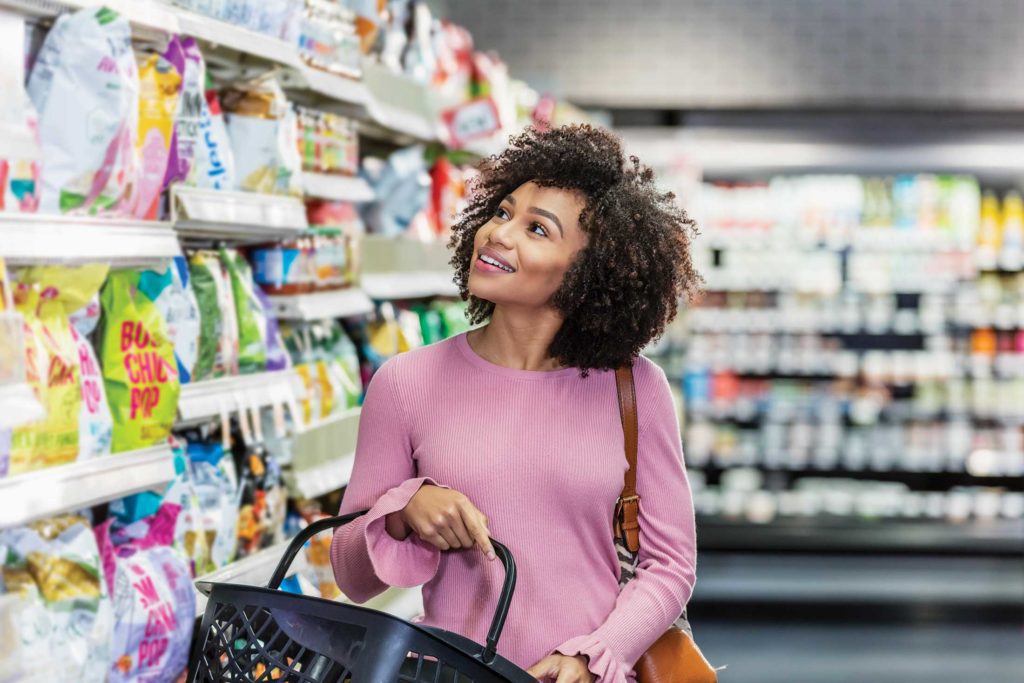What are Platforms Doing to Elevate the Shopping Experience?
Pinterest
With the amount of shoppable pins increasing 2.5x since last year and driving 2.3x the traffic to retailers, Pinterest added new shoppable features to make it easier for users to discover and purchase products directly from its platform.
Facebook & Instagram
Facebook is focused on providing resources for merchants within its platform, beginning a phased roll out of shops to all businesses globally on Facebook and Instagram Shopping:
- Facebook Shops is a free solution for businesses to host a virtual storefront within Facebook apps to help integrate product catalogues and allow consumers to add to cart on one app and purchase on another later.
- In June, Instagram released a test for shopping tags in post captions to provide another avenue for users to purchase products from brands.
- Their latest update includes Instagram Shop and Facebook Pay. Instagram Shop is an in-app shopping destination where people can discover personalized products and brands they love from across Instagram curated by the @shop team. Facebook Pay provides a seamless, secure way to shop and make donations across all their apps.
Snapchat
Offered via a closed beta, Snapchat’s Brand Profiles give brands a home for permanent content including native commerce stores, AR Lenses, Stores, Highlights and Story posts.
Google
In reaction to Amazon’s growing ad business, Google redesigned their Shopping platform and is focused on making it easier for brands to sell within the interface, providing free listings. Google’s President of Commerce Bill Ready stated, “with more products and stores available for discovery and the option to buy directly on Google or on a retailer’s site, shoppers will have more choice across the board.”
- They announced an update that lowers the cost of doing business and makes it easier for any size retailer to sell directly on Google.
- Partnered with Shopify to aid in inventory, order management and processing.
- Launched Shoploop, their newest venture designed to introduce consumers to new products in a video shopping platform featuring a feed of short-form videos from creators using or talking about products. The current product categories are makeup, skincare, hair and nail.
- The company’s next step is to make “Buy on Google” checkout commission-free.
YouTube
YouTube is now testing a list of products underneath a playing shopping ad. The real estate beneath a video as it plays is replaced with a feed of products and a call-to-action to Shop Now. Even post ad, users can return to the storefront at any time through a top ad banner while their main video plays.











